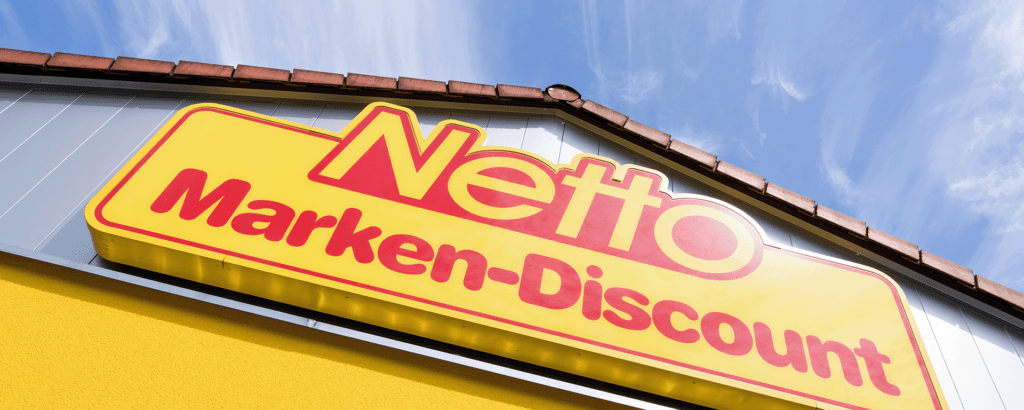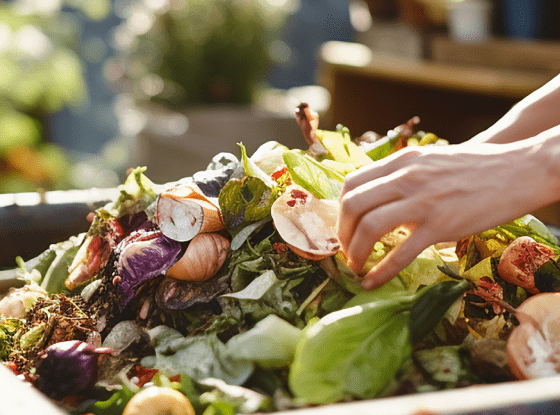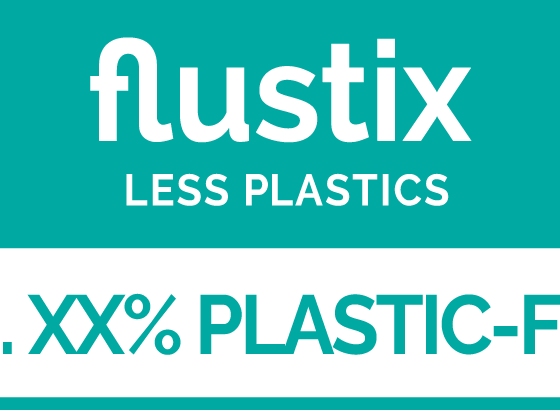INNOVATIONS
In the Corona year 2020, private households in Germany generated 78 kilograms of packaging waste per capita. That was an average of six kilograms more per person than in 2019 – as reported by the Federal Statistical Office in the spring of this year. A large proportion of this packaging comes from food retailing. No wonder: despite the climate crisis and a growing awareness of sustainability, we carry most food home in disposable packaging.
Retailers tests reusable and unpackaged systems
To date, retailers and producers are fiddling with new solutions and testing reusable and unpackaged systems. But it will be years before the industry and consumers have changed their value chains and behavior. Xenia Kersten, sustainability expert and Head of Communications at flustix: “The development is encouraging. Nevertheless, we have to promote the recycling rate for disposable packaging in parallel, or else we will be putting the achievement of the climate targets at risk. This can only be achieved through education.” Because many consumers are still unsure how to dispose of their recyclables properly.
61 percent know what can be put in the yellow garbage can
The discounter Netto launched a new edition of its educational campaign for optimal waste separation in the summer. In addition to activities on social networks, Netto is also taking the conventional communication route. In a major German Sunday newspaper, the discounter published large-scale ads: “What, where, why? Waste separation is a kids’ game.” Thus, according to a representative survey, 61 percent of people in Germany would know that “all empty packaging goes in the yellow garbage can or in the yellow sack – unless it is made of glass, paper, cardboard or carton”.
The three most important rules for waste separation
In addition, Netto lists the three most important rules for proper waste separation.
“Rule 1: All empty packaging – unless they are made of paper, cardboard, cardboard or glass – belong in the yellow garbage can.”
“Rule 2: Lids must be placed separately from the rest of the packaging in the bin.”
“Rule 3: Never stack packaging such as yogurt cups into each other before disposal.”
Here’s more info and a quick list
Netto is a co-founder of the initiative Mülltrennung wirkt. Other partners are parent company Edeka as well as the associated drugstore chain Budni and the southern German drugstore Müller. You want to know everything in detail? Here you can find background information on the recycling systems in Germany. Also: What happens to broken transparent sleeves, butter foil or light bulbs? The quick list of what you can dispose of in the yellow bin can be found here.
 English
English Deutsch
Deutsch




